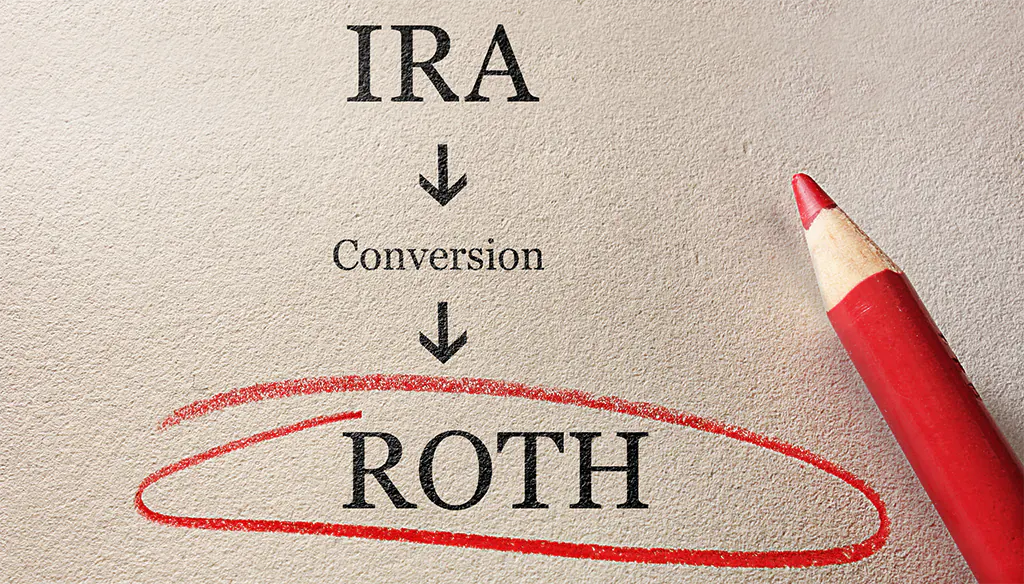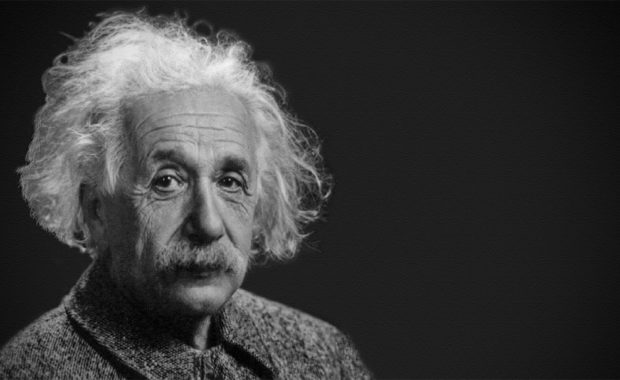UPDATED: May 18, 2022

When squirreling away money for retirement in an IRA account, investors have two choices, a traditional IRA or a Roth IRA. With a Roth IRA, all the annual contributions are after-tax dollars and the money grows tax-free. There is also a well-known process of converting one to the other, called a Roth IRA conversion.
Account holders can generally make tax and penalty-free withdrawals after they reach age 59½. Additionally, they must have owned their Roth IRA accounts for at least five years to take distributions, including earnings, without paying federal taxes.
With a traditional IRA, the contributions are tax deductible in the year they are made, the money grows tax-deferred with withdrawals are taxed as current income once the investor begins to withdraw money after the age of 59½.
When deciding between the two an investor must ask the question: Will his or her tax rate be higher or lower in the future? If the investor can answer that question, it will enable him or her to choose the type of IRA that will provide the biggest tax savings.
If the investor expects that in retirement he or she will be in a higher tax bracket, the better choice is a Roth IRA and its delayed tax benefit.
If the investor expects to be in a lower tax bracket in retirement, the better option is a traditional IRA and its upfront tax advantage.
Why the Roth IRA Works for Most Savers
Early withdrawal rules are much more flexible with a Roth
If an investor must withdraw funds from a retirement account early, a Roth allows the withdrawal of contributions—money deposited into the account; not earnings—at any time without having to pay income taxes or an early withdrawal penalty.
However, the rules are much different with the traditional IRA. For withdrawals before retirement, the IRS is much stricter: The traditional IRA holder will have to pay a hefty 10% early withdrawal penalty and owe taxes at the investor’s current income tax rate on the money that is taken out.
There are a few exceptions to this rule, such as withdrawals to pay for qualified higher education expenses, to purchase a home, to pay for the birth or an adoption of a child, health expenses and a few others, but overall the investor must proceed with much more caution with a traditional IRA than with a Roth.
The Roth IRA has Fewer Restrictions for Retirees
Traditional IRAs require the investor to start taking required minimum distributions (RMDs) at a certain age.
Unless the investor is inheriting the Roth IRA, it has no required minimum distribution rules: The investor is free to let the savings remain in the account and continue to grow tax-free as long as he or she lives.
Most people have more after-tax money in a Roth IRA
Both types of IRAs offer a tax break. But there’s an oft-overlooked benefit to the way the Roth treats taxes: Because the tax break doesn’t arrive until retirement (via tax-free withdrawals), most people won’t be tempted to spend it before then.
With a traditional IRA, the tax benefit is delivered annually when the investor files his or her taxes, which makes it easy to spend the money away on any number of things.
To come out even in terms of after-tax savings, the investor must be disciplined enough to invest the traditional IRA tax savings that is received every year back into retirement savings.
If that seems unlikely to happen, then for most people it is better to save in a Roth, because there will probably be more after-tax savings in retirement.
The Roth IRA Conversion
There are several advantages of a Roth IRA, but not everyone can qualify to open one. In general, people can only invest in a Roth IRA if their modified adjusted gross income (MAGI) falls below a certain limit.
For example, a married couple who is filing jointly and earning more than $206,000 annually in 2020 (up from $203,000 in 2019), cannot invest in a Roth IRA; single and head of household filers have a cutoff of $139,000 (up from $137,000 in 2019).
There are no income limits for conversions, which makes them popular since the IRS began permitting them in 2010. The federal government rules allow investors to convert their traditional IRAs into Roth IRAs, regardless of the amount of income they earned. An IRS presentation entitled Roth Conversions/Retirement Planning for Life Events (PDF) explains the rules for a Roth IRA conversion.
A Roth IRA conversion entails the moving of assets from a tax-deductible traditional IRA to a non-deductible Roth IRA. People who convert to a Roth IRA have decided that they will probably be in a higher tax bracket in retirement than they originally thought and want to be able to withdraw funds without having to pay taxes.
Many people invest money in a traditional IRA or 401(k), defer taxes and are confident that when they begin to take distributions in retirement they will be in a lower tax bracket. However, that mindset may not be correct for many retirees because not everyone pays a lower tax rate in retirement.
For example, if you have saved a significant amount of money, you may end up in a higher tax bracket. In addition, retirees often remain in the same tax bracket they were before they retired due income from Social Security, pensions and required minimum distributions.
Another item to consider is policy changes between now and retirement. Without a crystal ball we can't know for sure, but tax rates could be higher (or lower) in the future.
Disadvantages of a Roth IRA Conversion
The largest disadvantage of a Roth IRA conversion is the tax bill. When converting from a traditional IRA to a Roth, the amount you convert is added to your gross income for that tax year. It increases your income and you pay your ordinary tax rate on the conversion, which is explained by IRS guidelines. If, for example, you have $100,000 in a traditional IRA and convert that amount to a Roth IRA, you would owe $24,000 in taxes (assuming you’re in the 24% tax bracket). A conversion could even push you into a higher tax bracket.
However, financial experts have stated that the current low-tax environment is a particularly opportune time to do a Roth conversion. When you convert to a Roth IRA you are making the decision to pay the taxes now at your current tax rate so you won’t have to pay a higher tax rate in retirement.
Historically low tax rates make now a great time to convert your traditional IRA to a Roth account.
The Bottom Line
Investors who want to do a Roth IRA conversion must research the current and future tax consequences before making any decisions. If you are able to pay the taxes and think you will be in a higher tax bracket during retirement, it can make great financial sense. If not, you may be better off leaving your money in a traditional IRA.
It may also be helpful to consult a financial planner or tax advisor who can help you decide if, and when, a conversion might be worthwhile.







Leave a Reply